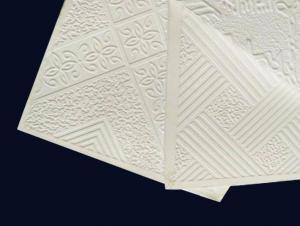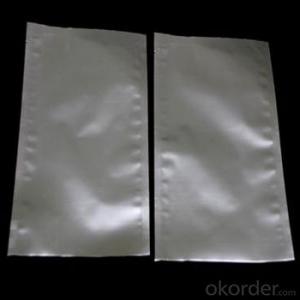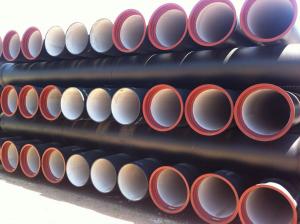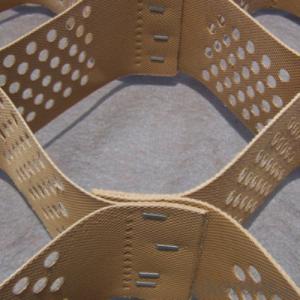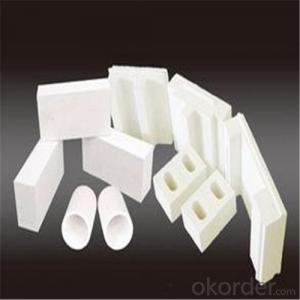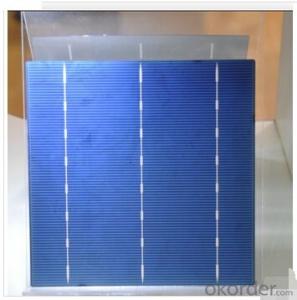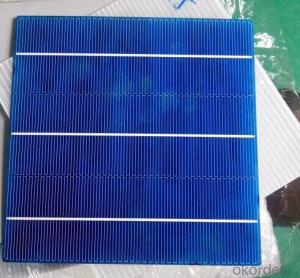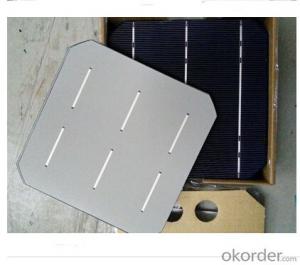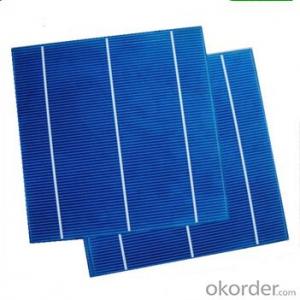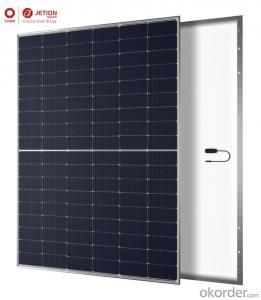Evolution Of Solar Cells
Evolution Of Solar Cells Related Searches
Shiny Or Dull Side Of Aluminum Foil For Cooking Inverter For 100w Solar Panel Solar Panel Inverter For Rv Pvc Tiles For Walls Wall Lights For Bedrooms Inverter Ac With Solar Panel Solar Panel With Inverter Kit Solar Panel Kits With Inverter Solar Panel With Inverter Direct Roving For PultrusionHot Searches
Type Of Inverter For Solar Price Of Shipping Containers For Sale Types Of Inverter For Solar Used Sandwich Panel For Sale Bags Of Cement For Sale Pvc Chairs For Sale Tilt Panel Props For Sale Types Of Temporary Side Panels For Cement Deck Cost Of Awnings For Decks Type Of Scaffolding With Pdf Price Of Scrap Stainless Steel Price Of Stainless Steel Scrap Price Of Stainless Steel Type Of Stainless Steel Types Of Stainless Steel Grades Types Of Stainless Steel China Aluminum Coil Factory pvc pipe manufacturers in usa Sandwich Panel Price In India Aluminum Corp Of China StockEvolution Of Solar Cells Supplier & Manufacturer from China
Okorder.com is a professional Evolution Of Solar Cells supplier & manufacturer, offers integrated one-stop services including real-time quoting and online cargo tracking. We are funded by CNBM Group, a Fortune 500 enterprise and the largest Evolution Of Solar Cells firm in China.Hot Products
FAQ
- Yes, solar panels can be installed on public parks or gardens. In fact, installing solar panels in these areas can be a great way to promote renewable energy, reduce carbon emissions, and generate clean electricity to power nearby facilities or feed into the grid. Additionally, solar panels can provide shade for park-goers and enhance the overall sustainability of the space.
- Can anyone give me a link to a website that sells really big solar panels? Enough to run a small cafe on entirely solar power.
- Just google search solar panels or pv panels and you should get a long list of them. That's what I did. Most of the sites selling them will also have the inverters etc that you'll need. Most likely you'll put several small or medium sized panels on your roof - as opposed to just one large one. You probably won't be able to run an entire cafe off of photovoltaic panels, even if you have a bank of batteries. Too many appliances running at the same time. Ask your electric utility company about net metering - you'll buy juice from them when your demand is high and sell to them when your demand is low - IF you can find a sunny day when you're not using juice, but if you have a restaraunt-sized refrigerator you probably won't be selling as much as you're buying. In effect, it won't eliminate your elec bill, just make it a bit smaller. Either way, you may be looking at spending $20,000 to cover the roof with PV panels and your savings won't pay that back any time soon. So, PV is not so great for a business. Much better for a home where you'll be at work all day the only appliances running in your house is your frig. Whatever you invest to solar your house will be repaid when you sell it, meanwhile you'll reduce your bills dramatically, especially if you convert all your indoor lighting to LEDs. On the other hand, the Googleplex, Google's office building full of computers, covered their roof with pv panels and claim to have reduced their monthly bill by /3. BUT, that's a huge building with lots of roof space.
- Need solar panel info with dimensions and also the total cost of the whole equipment for setting up of the required solar panels for a 2-story home
- There are many, upon many variations of equipment needed for a complete solar home. I would call several contractors in your area that deals with it and get estimates. You have to look at what your wattage diet is at your home. How many watts are you using for your AC and heat. Which can vary by age, efficiency, insulation of home, etc. Look at your electric bill for a normal summer month and a normal winter month, then estimate your heating and cooling (Sometimes can be as much as 70% of the bill). You will see on your bill your toal kilowatt hours. ( Kilowat = 000 Watts) Solar systems can start as low as $2.00/watt, but can rapidly approach $20.00/watt depending on the difficulty of application etc.... Here is the great thing, in many areas of the country there may be rebates from the county or state. And what you don't use can be fed back into the grid, and you get paid for it. But as always - Call a quailified contractor and get the right system for your home.
- Yes, solar panels can be used to power a water pump. Solar panels convert sunlight into electricity, which can be used to power various devices and appliances, including water pumps. This allows for a sustainable and environmentally friendly way to pump water without relying on traditional energy sources.
- Yes, solar panels can be installed on educational institutions. In fact, many schools and universities are increasingly adopting solar power systems to reduce their carbon footprint, lower energy costs, and provide educational opportunities for students to learn about renewable energy sources. Installing solar panels on educational institutions can help promote sustainability and inspire a greener future among students and the wider community.
- I read on CNN's website last year some company was creating a very cheap type of solar panel, that needs minimal maintenance and and has minimal glare from the sun. And the creator of the project said he one day wanted to cover every rooftop in the US with these solar panels. Seems like a good idea to me but I havent heared anything of it for a long time and I don't know what they are called... any help?
- Solar panels are one of the hottest areas in materials research today - from basic science to applied production techniques. There have been major strides in thin-film manufacturing technique as well as silicon technology. There's not a lot of hype about it because solar panel manufacturers don''t really need to advertise yet - they are selling at factory capacity with demand for more. Standard silicon solar panels now sell for around $3 a watt, and grid parity is expected within 5 years. Reference is to the MIT Technology Newsletter, which runs several articles a month on new solar tech.
- The colder a solar panel gets the more efficient it seems to be. As the panel warms, it loses some efficiency. Why is this so? Please explain in a way you would expect a high school kid to understand it, as I am a high-schooler and i have to explain this to other high-schoolers.
- All PV Solar Panels are affected by heat. The hotter the solar panel, the lower the power output - but how significant is the effect. I decided to test one of our small 6V 250mA Solar Panels to find out. Solar Panel next to halogen lamp with temperature probe. Reproducing the kind of temperatures solar panels experience in hot climates is not easy on a cloudy May day in the UK, so a 50 Watt halogen office lamp was used at a distance of 55mm from the solar panel as a sun substitute. This guaranteed a constant level of light would be incident upon the solar panel ensuring the quality of the results collected.
- Hi! I bought a Coleman 2 vdc cooler that pulls 9 amps. What size solar panel and amp-hour battery do I need? I only open it 3 times a day. It will hold about 3 gals of milk.
- If it pulls 9 amps continuously, that's 08 watts/hour or about 2.5 kwh/day. If it only pulls half that (does it cycle?) it's about .2 kwh/day. You only want to drain a lead-acid battery 50% or so, so you'll want a 5 or 2.5 kwh battery pack. A typical setup for the 5 kwh would be two L-6 batteries in series, and for the 2.5 kwh you could use 2 T-05 batteries in series. This does not account for days of cloud. If you regularly have cloudy days, size the battery pack for two or three days of use with no input (2-3 x the sizes given above). To charge them, you typically want panels that will charge your battery at least 5% of its capacity per hour (C/20). For 2 volt nominal panels that's 0 amps for the T-05 or 20 amps for the L-6 batteries. It's good to have more than that for battery life (it cuts down on what's called stratification), so you'll want probably 50-200 watts of panels for the T-05 and 300-400 for the L-6. You'll also need a charge controller. Peltier coolers are very inefficient. You'll save money by using a regular mini-fridge and an inverter. Most mini-fridges only draw 50 watts or so, so you're talking 600 watt-hours for a 50% duty cycle. This means two T-05 batteries will give you two days of use and you'll only need 20-50 watts of panel. DK








